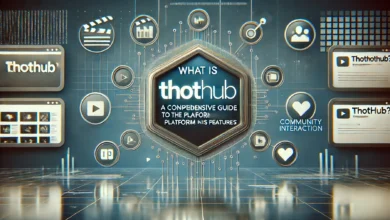Foxtrot Victor: Inside the NATO Phonetic Alphabet

Introduction
The aviation, military, and telecommunication industries rely on the precise NATO phonetic alphabet itemized on this list. For example, in severe operations, phrases like “Foxtrot Victor” have specific meanings. Such knowledge also enhances communication in various social spheres.
Ever wonder why pilots and military personnel use terms like “Foxtrot Victor”? Let me guide you through the world of the NATO phonetic alphabet.
The NATO alphanumeric code assigns specific words to each letter to ensure clear communication and prevent confusion in noisy environments.
The Origins of the NATO Phonetic Alphabet
Developers created the NATO phonetic alphabet to assist the military and aviation industries worldwide. They began developing it during World War II when they recognized the need for a common communication system and consequently developed a standardized alphabet to address this necessity. Over the years, developers have refined the Spelling Alphabet to use unfamiliar words and clear symbols for better pronunciation.
The Structure of the NATO Phonetic Alphabet
This system consists of 26 code words, each representing a letter, like ‘Foxtrot’ for ‘F’ and ‘Victor’ for ‘V’. These words were specifically chosen to minimize confusion, particularly in audible or potentially hazardous conditions, thereby ensuring clear communication.
Applications in Modern Communication
Today, the NATO phonetic alphabet is employed in many areas beyond the military. It is particularly useful in the aviation industry, where miscommunication can have catastrophic consequences. Businesses, police forces, emergency services, and customer support teams use it to transmit information via telephones or two-way radios.
Importance of Clarity in Communication
When it comes to important or confidential information, the NATO phonetic alphabet eliminates confusion between similar-sounding letters. For instance, using “Foxtrot Victor” uniquely identifies the letters F and V. This clarity is crucial in operations where errors cannot be tolerated, regardless of language barriers or background noise.
Learning and Using the NATO Phonetic Alphabet
Learning the NATO phonetic alphabet is beneficial for clear, mistake-free communication in many fields. Pilots, police officers, and radio operators use it daily. With practice, mastering the alphabet becomes simple, boosting communication and confidence in critical moments.
FAQs
What is the NATO phonetic alphabet?
The NATO phonetic alphabet is a system of code words used to represent letters of the Roman alphabet for clear communication.
Why was the NATO phonetic alphabet created?
It was created to eliminate confusion caused by similar-sounding letters in radio and telephone communications.
Who uses the NATO phonetic alphabet?
Military personnel, pilots, emergency services, and various industries use it for accurate verbal communication.
How does “Foxtrot Victor” relate to the alphabet?
“Foxtrot Victor” represents the letters F and V, respectively, in the NATO phonetic alphabet.
Can the public use the NATO phonetic alphabet?
Yes, anyone can learn and use it to improve communication clarity in everyday and professional contexts.
Conclusion
The NATO phonetic alphabet is an essential tool that enhances response times in noisy environments. Its distinctive words ensure accuracy, making it invaluable in the aviation industry and beyond. By incorporating the NATO phonetic alphabet into your communication practices, you can significantly improve clarity and efficiency.




